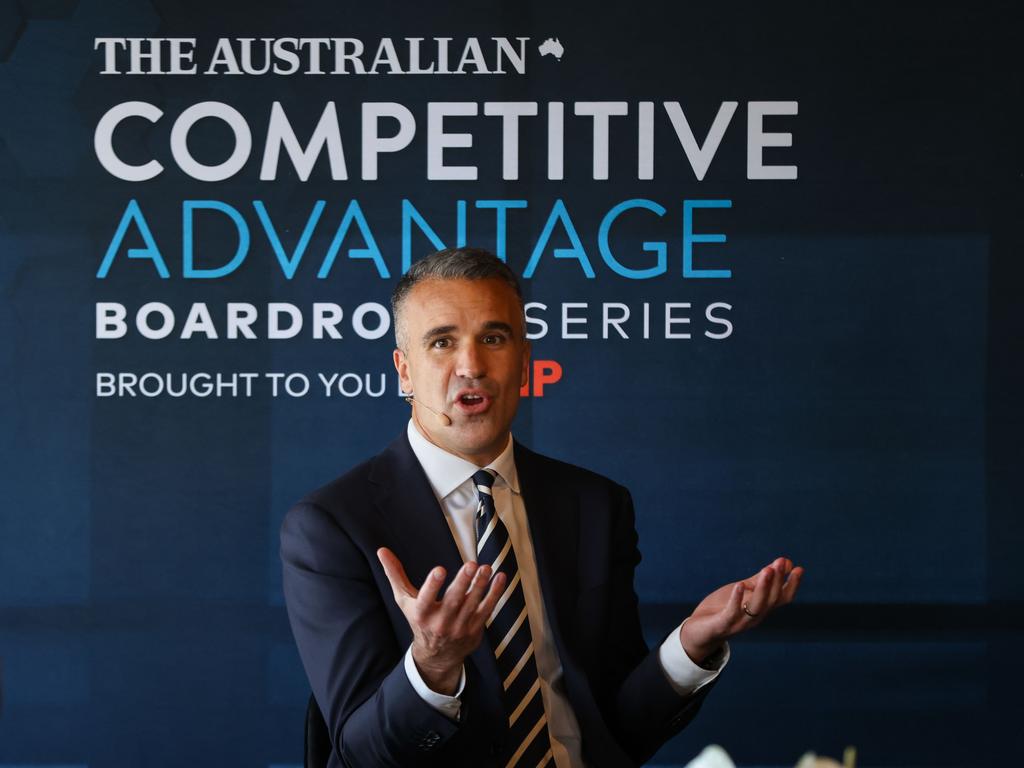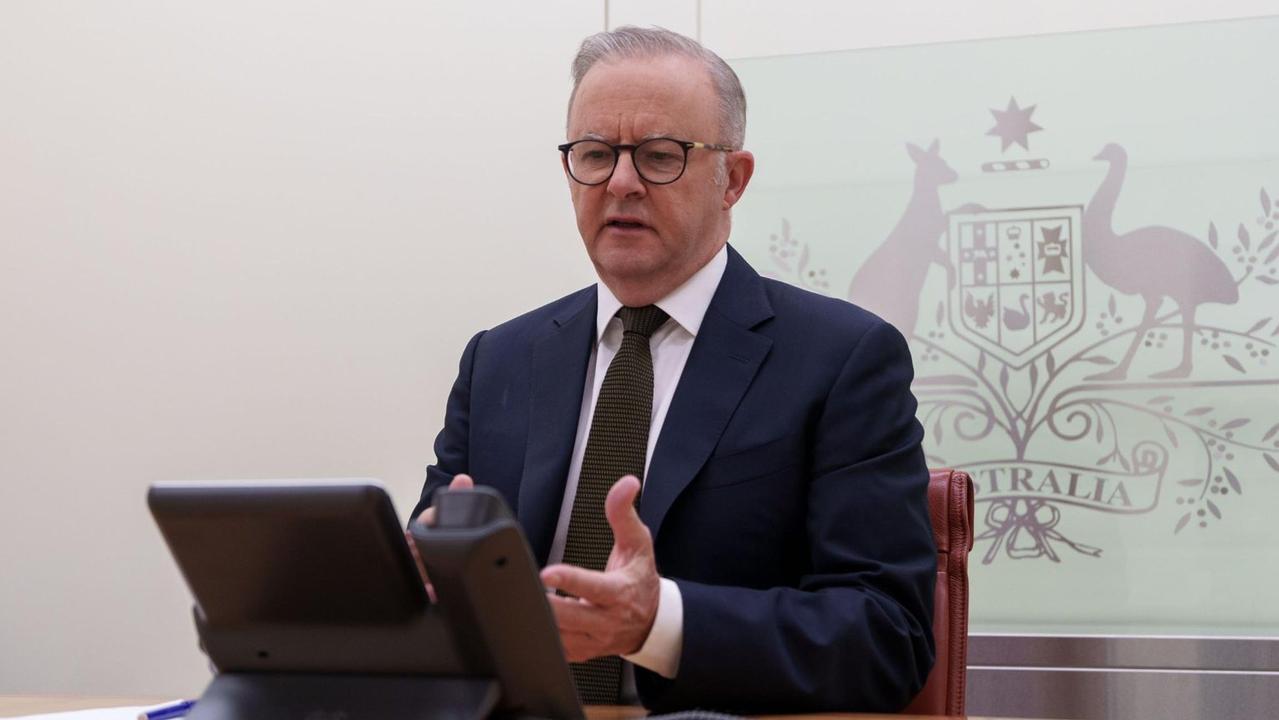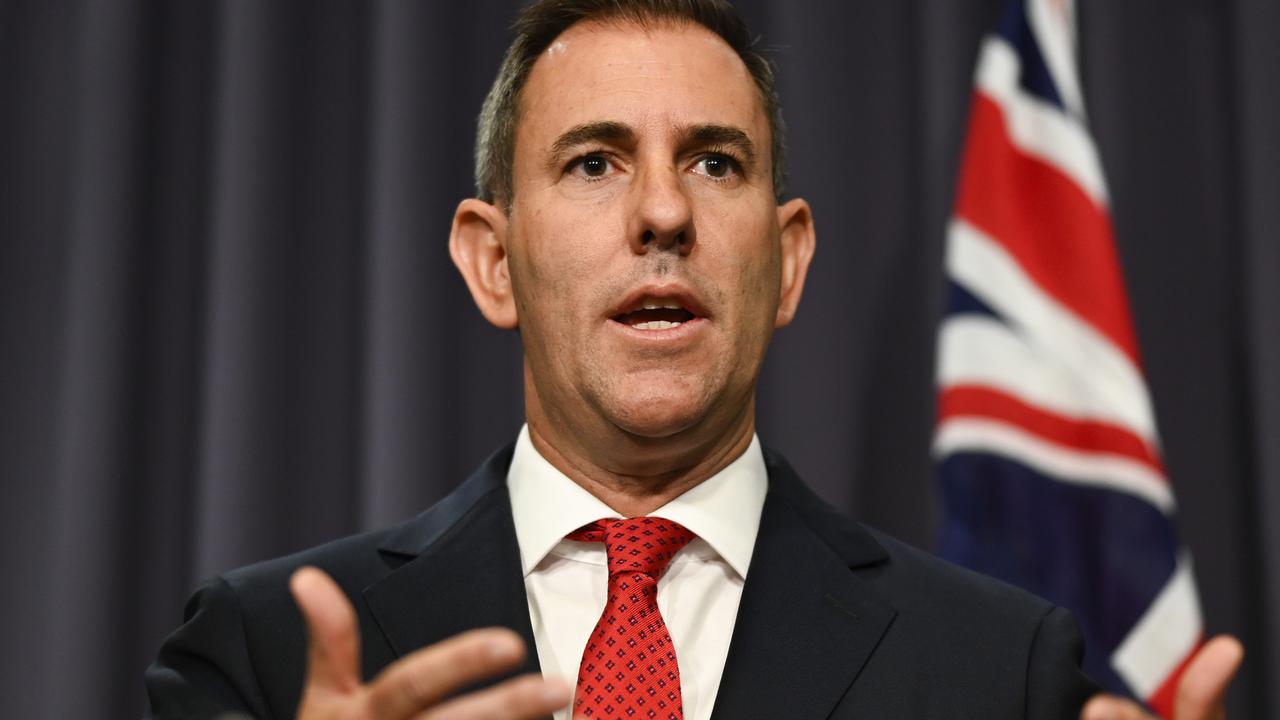SA rides property wave to budget surplus of $306 million
The sudden property surge has lifted the Malinauskas government towards another surplus, with the promise of more to come.
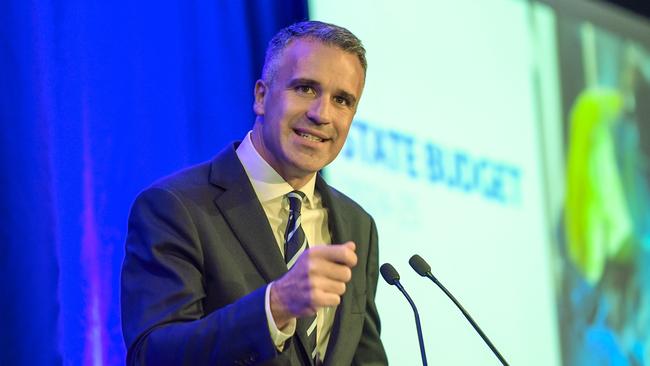
The sudden surge in the value of the South Australian property market has given the Malinauskas government an armchair ride towards a second consecutive budget surplus, with the promise of more surpluses to come.
With SA real estate finally emerging from years of stagnation and the state’s economy still growing modestly against sluggish national and interstate standards, the SA Labor government is reaping an unexpected $2.2bn tax bonanza through stamp duty and payroll over the next four years, pocketing $357m in bonus tax revenue over the past 12 months.
This explosion in revenue helped steer SA towards an earlier than scheduled surplus of $306 million, with comparable surpluses forecast for each of the next four years.
For the third year running the Malinauskas government made good on its promise not to introduce any new taxes nor increase existing taxes beyond CPI. It has also avoided inflationary and unilateral cash giveaways to help address the cost of living, opting instead for targeted relief limited to the poorest members of the SA community.
But it has significantly jacked up state debt through major infrastructure borrowings, with the state’s current public sector net debt of $28bn set to jump to $44bn by 2027.
Treasurer Stephen Mullighan said the state should be comfortable with that level of debt, saying that its future economic growth made it affordable and manageable. The economy is forecast to grow by 1.5 per cent for the next year and by 2 per cent from 2026-2027 onwards.
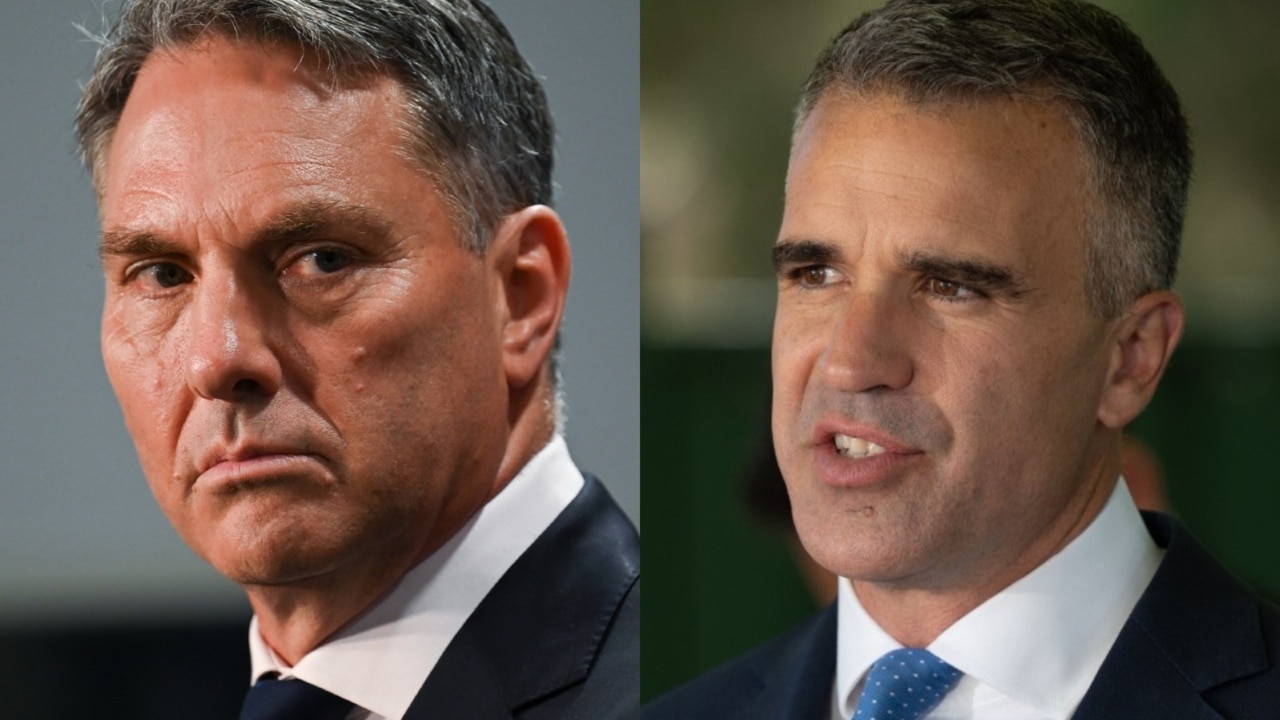
The bulk of SA’s debt growth is being generated by the two major projects remaining in a pared-back infrastructure budget – the new $3.2bn women’s and children’s hospital and the $15.4bn completion of the South Road upgrade, the clogged bottleneck that runs north-south through suburban Adelaide.
The SA 2027 debt figure of $44bn compares favourably to that of Victoria where state debt is forecast to reach $177bn in that same year.
Mr Mullighan said SA remained the lowest taxed state on the Australian mainland and was the only state other than WA to have delivered a surplus budget this year, and without the GST advantages WA enjoys.
However, the Treasurer conceded that homebuyers were the unsung heroes of this year’s budget surplus as the average Adelaide house price rocketed towards $740,000, up from less than $500,000 barely three years ago. The surge in prices meant Treasury made more money from stamp duty in the past 12 months than the previous 12 months, even though there were fewer real estate transactions amid the crisis of supply in the housing market.
The increase in property values had two effects which helped the Budget – more tax revenue in, and less money paid out under last year’s stamp duty relief program which abolished stamp duty for first-time homebuyers on new homes valued at up to $400,000. But house prices rose so quickly that few homebuyers could access the scheme, with Mr Mullighan today announcing that cap had been scrapped completely, with stamp duty now abolished on any new home regardless of its value.
Mr Mullighan told The Australian that SA was in a good position economically and cementing itself as a logical place for business to invest.
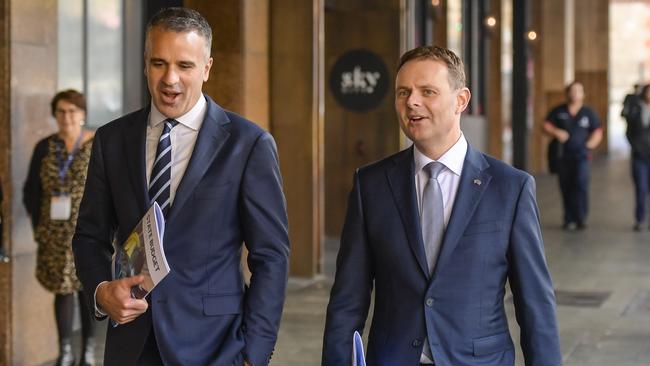
Alluding to the tax grabs on business by Labor governments in Victoria and Queensland, Mr Mullighan said SA offered “predictability and stability” not found in other states.
“We want to send a clear message nationally that South Australia offers the lowest tax environment on the mainland and is a stable place to do business,” he said.
“There are no sudden, shocking changes in policy or in taxation here like you have seen in other states. We are in surplus, we are growing, we have low unemployment and we are retaining our mantle as the lowest cost state to do business on the Australian mainland.”
Mr Mullighan also said the Budget would continue support for major events spending which has seen the state generate millions in tourist and hospitality revenue through the LIV Golf tournament and the AFL’s Gather Round.
Mr Mullighan said those two events had being central to changing perceptions of living and working in SA.
“It’s great that we have them as events but what we are seeing is that behind the scenes there are a lot of high net worth individuals who make the decisions about where to invest who are coming to SA and having their perception of the place challenged in a very positive way,” he said.
Aside from the abolition of stamp duty, the SA Budget also earmarks new land release to boost housing stocks amid a shortfall of supply across suburban Adelaide.
Its cost of living measures include one-off concession payments of $234.90 which will be limited only to pensioners and other welfare recipients who have already received the benefit in the past. There will also be relief for the parents of public school children with a $200 reduction in school fees, as well as the doubling of the availability of vouchers for sports equipment. Sports vouchers may now also be used for music lessons.
Early childhood education – the subject of a Royal Commission conducted for the Malinauskas Government by former PM Julia Gillard – receives a major $1.9bn boost to fund the rollout of preschool for three-year-olds from 2026, the key recommendation of the Gillard report.
The biggest surge in spending in the budget is health, which was also the key issue on which Peter Malinauskas campaigned ahead of his 2022 election win.
The State government has now increased health spending by more than $7bn in the past three budgets and is promising to open 350 new hospital beds in its first term of office.
However, it has still failed dismally to meet its 2022 promise to “fix the ramping crisis”, with figures out last weekend showing ramping was now higher in SA than at any stage during the life of Steven Marshall’s Liberal government.
The SA opposition condemned the budget as reckless and irresponsible with shadow treasury spokesman Matt Cowdery taking aim at the big increase in state debt, noting the government had pushed back the delivery time of South Road and the new hospital despite borrowing big for both projects.
He also said the failure to fix the health system as promised was Labor’s biggest policy failure.
“After three budgets, South Australians must ask themselves this question – am I better off under Labor? The answer is a resounding no,” Mr Cowdrey said.
“South Australia has record ramping despite Peter Malinauskas’ promise to ‘fix it’.
“In delaying the North-South Corridor and new women’s and children’s hospital projects, Peter Malinauskas has unleashed a debt bomb on future generations of South Australians with debt almost guaranteed to pass $50bn beyond the forward estimates.”




